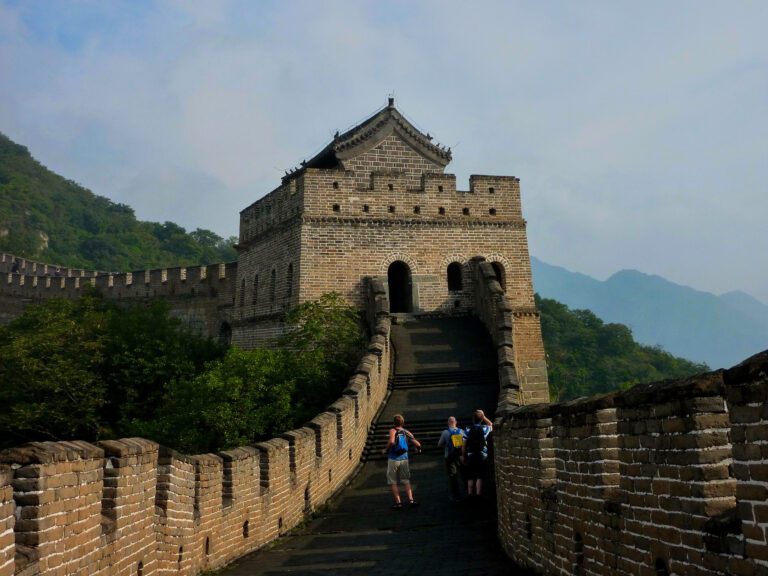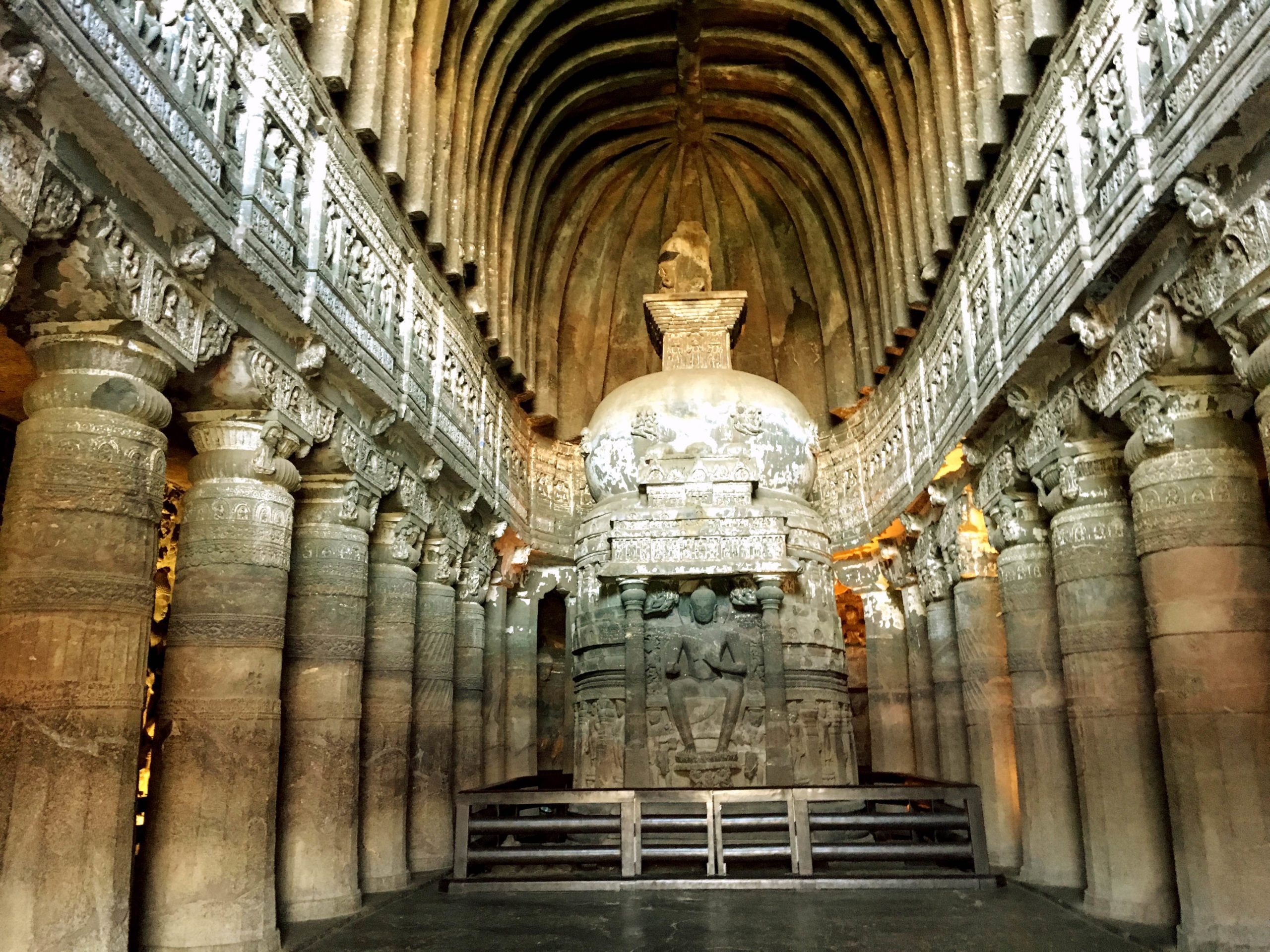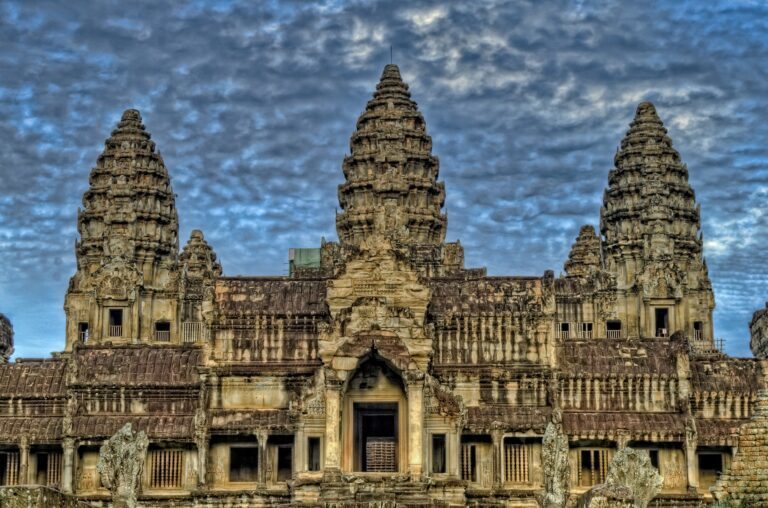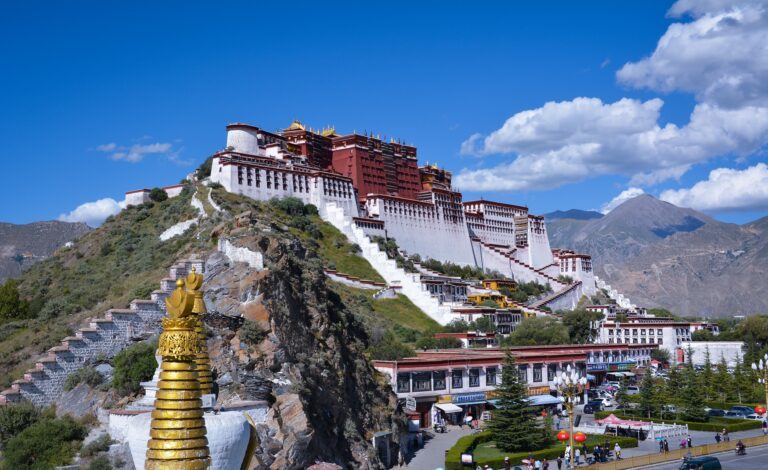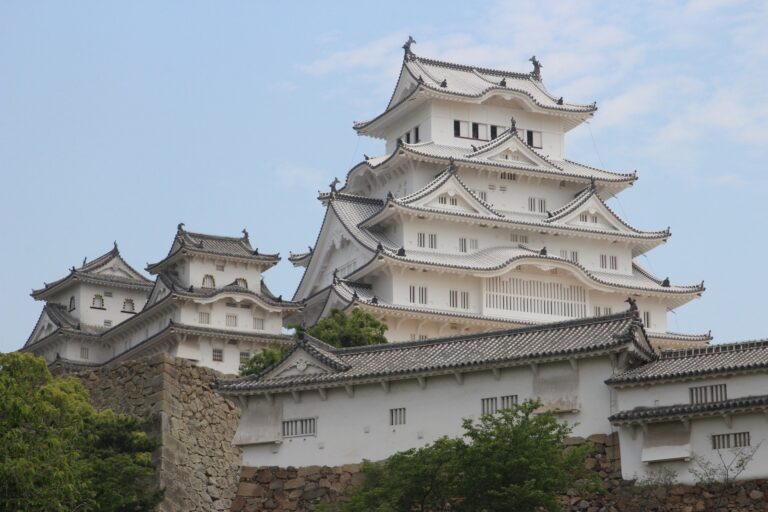Taj Mahal History and Facts
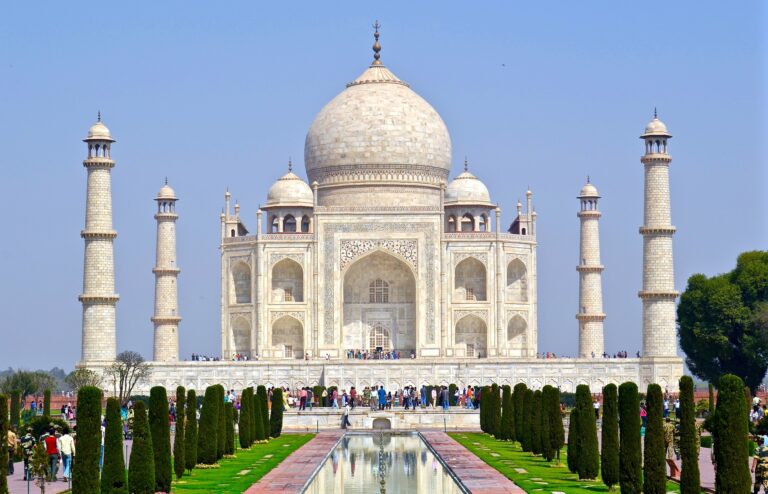
The Taj Mahal is a world-famous architectural masterpiece located in Agra, India. It is renowned for its stunning beauty and historical significance. As a paragon of Mughal architecture, an exquisite fusion of Indian, Persian, and Islamic styles, the Taj Mahal captivates with its well-balanced proportions and harmonious embellishments. Surrounding it are enchanting gardens, a museum, and twin mosques flanking the mausoleum. The main building is constructed using white marble, which was quarried from the nearby town of Makrana. The marble is adorned with semi-precious stones and intricate carvings. At its heart, a symmetrical garden unfolds, flanked by two oblong compartments. The mausoleum, a resplendent structure of white marble adorned with semiprecious stone inlay, graces one side, while the entrance gateway takes its place on the other. This complex also includes two red sandstone buildings: a mosque on one side, mirrored by an identical structure on the other. Here are some key facts about the Taj Mahal:
